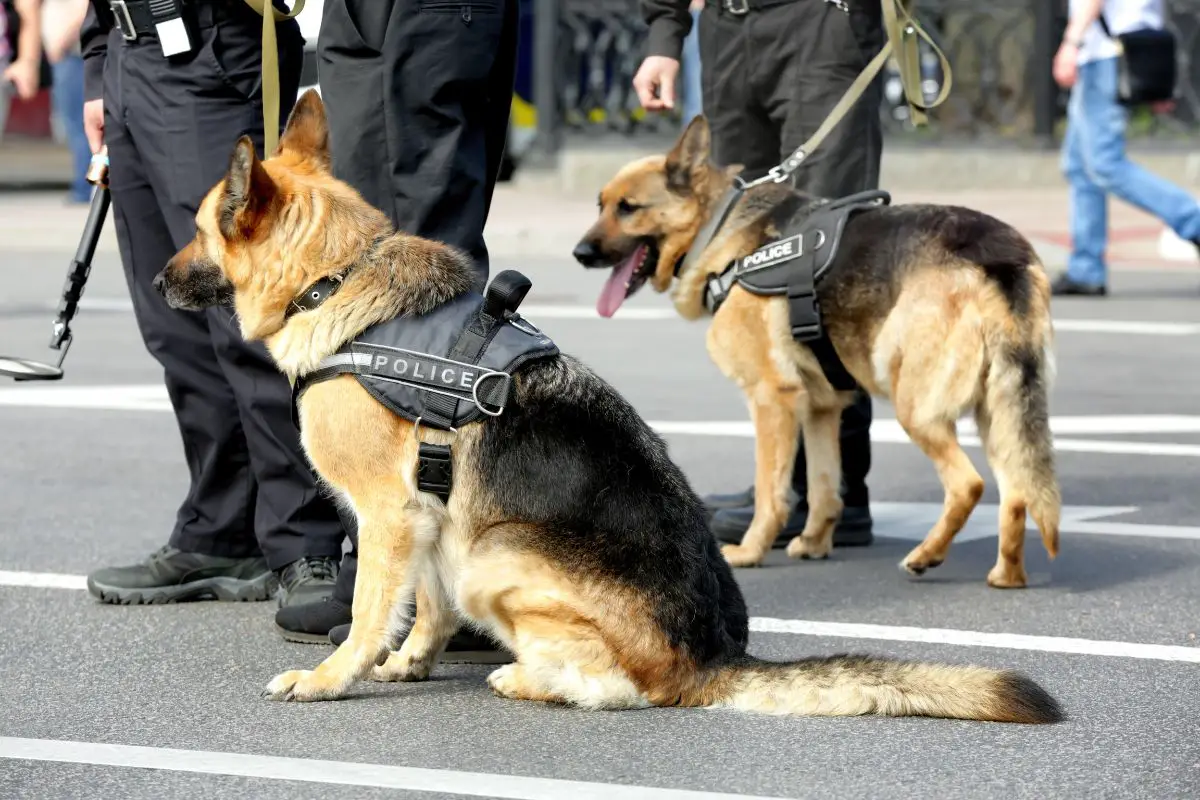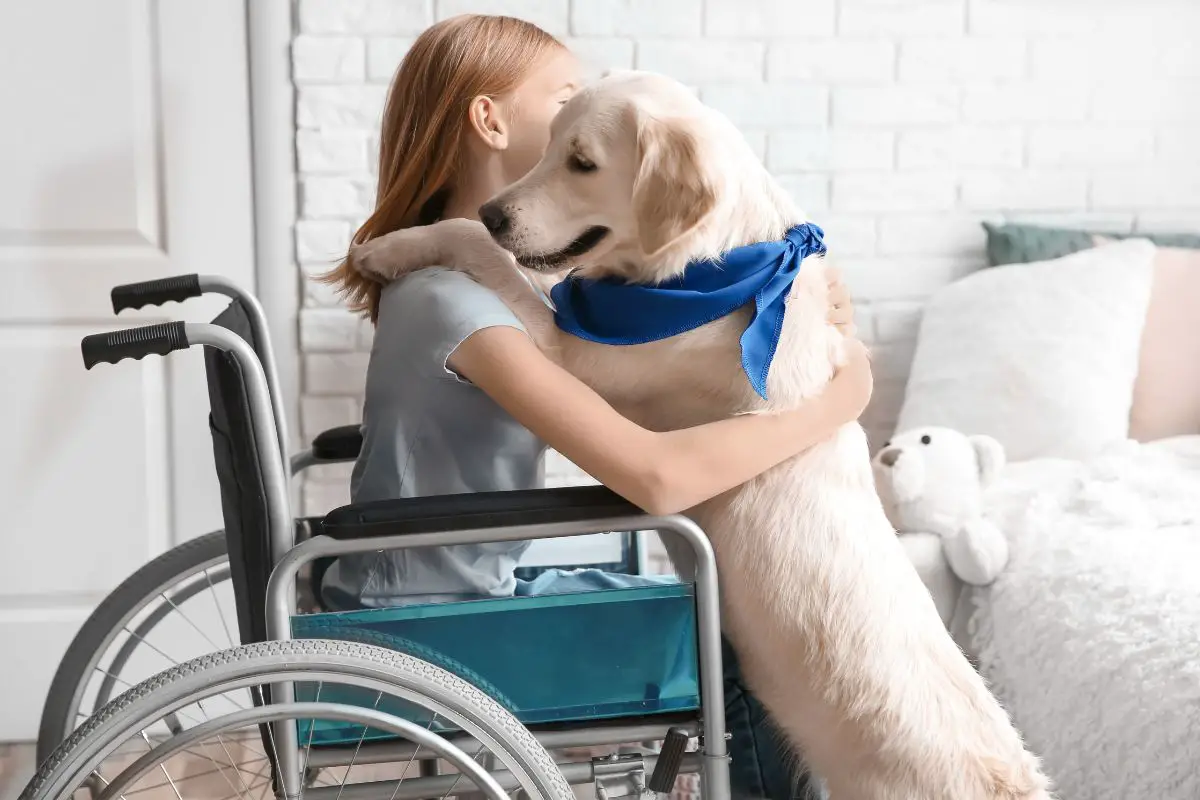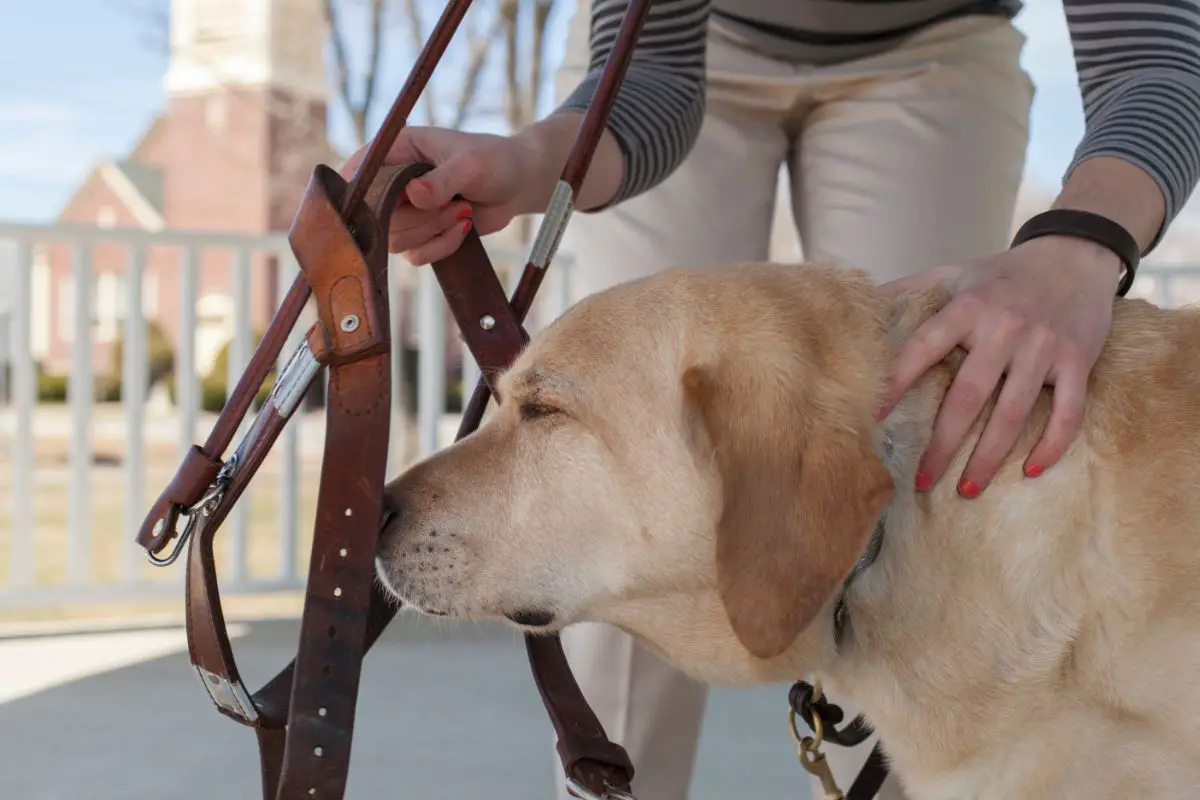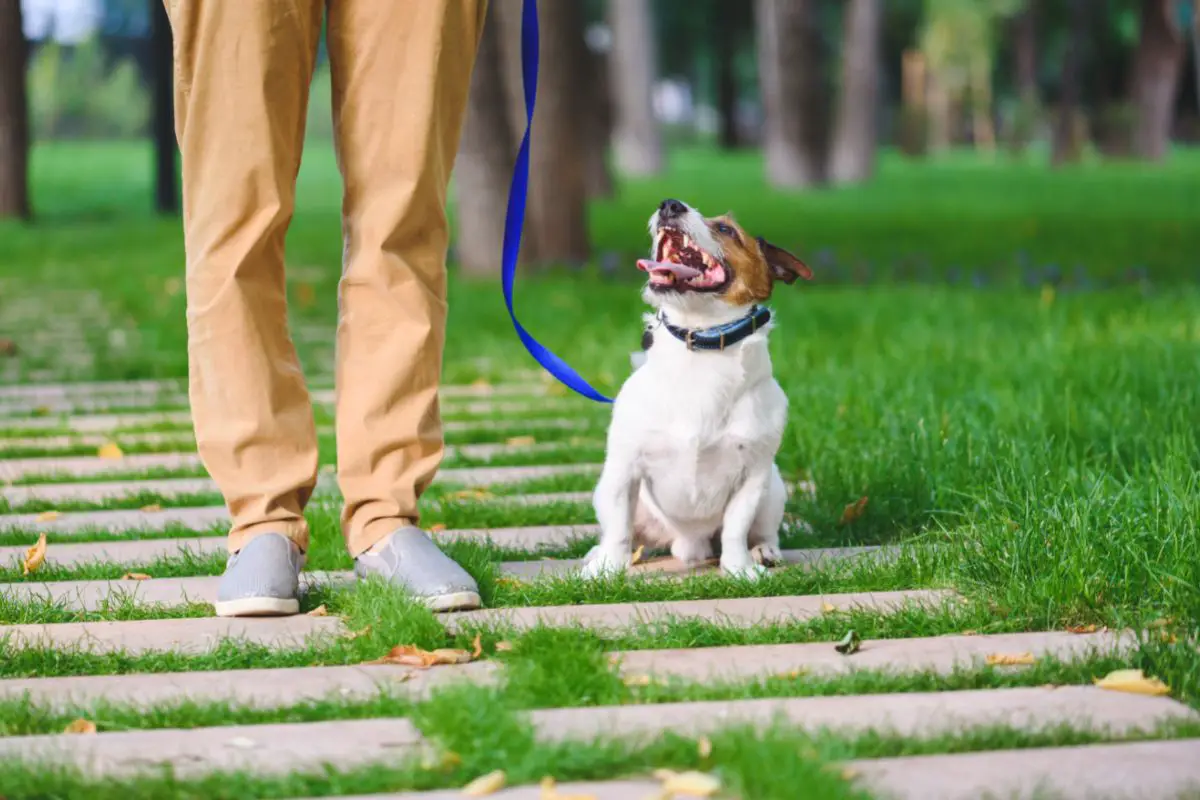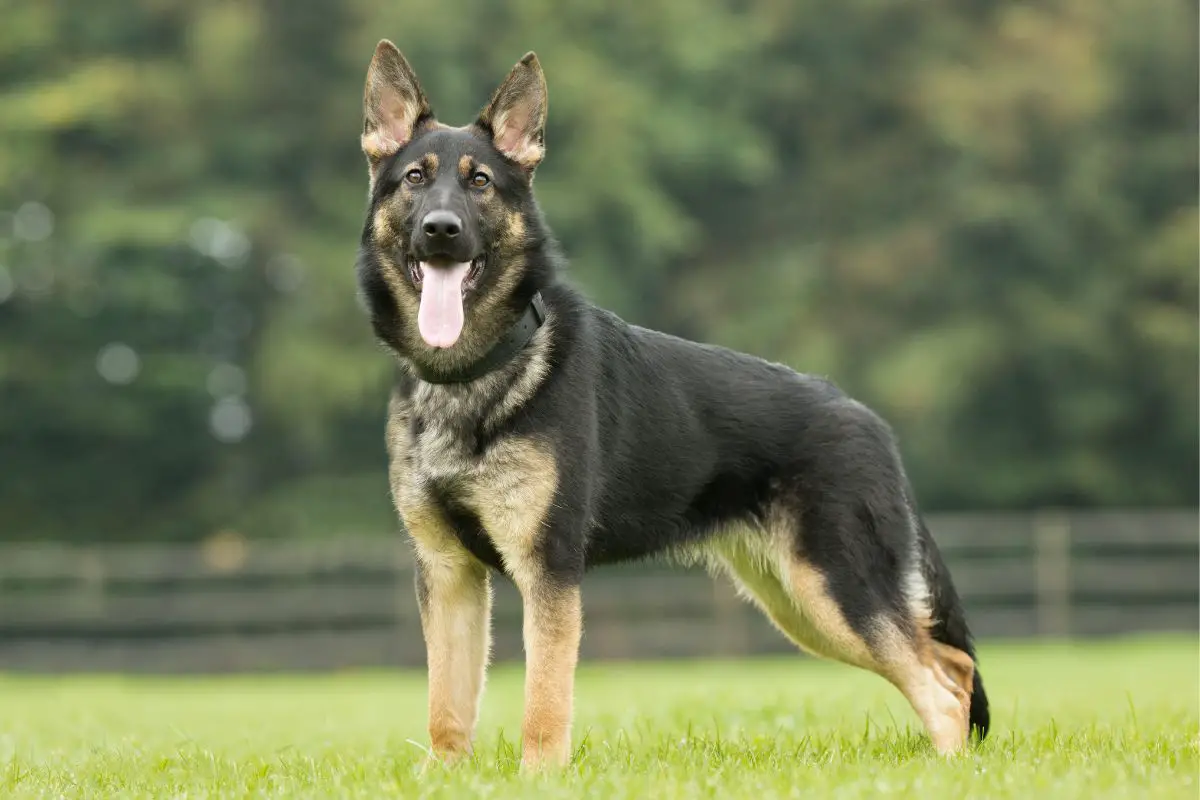How would you react if someone told you they had trained their dog to fetch items from the fridge or open doors? Would you believe them?
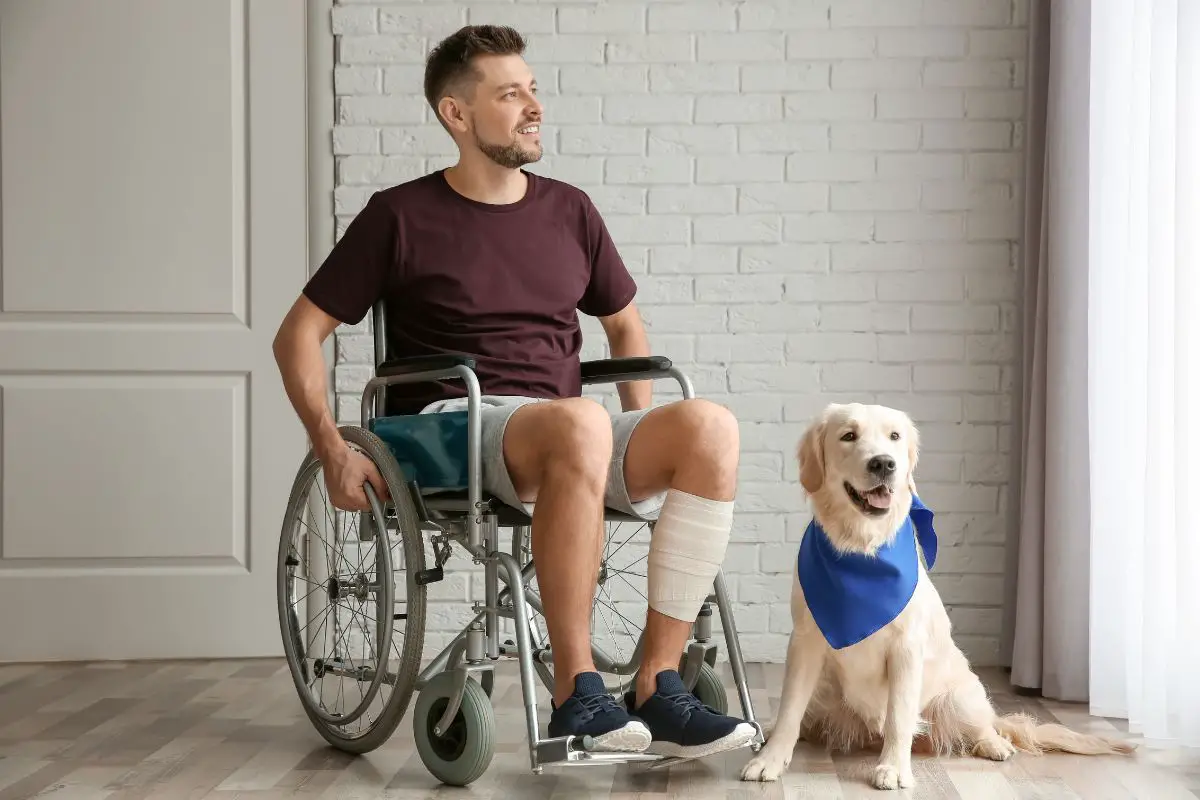
Service dogs are specially trained animals that assist people who have disabilities. They can detect certain conditions such as seizures, diabetes, and autism, and alert their owners.
These pets are becoming increasingly common in households across the globe.
A service dog is trained to perform specific tasks for its owner. The training process usually involves teaching the animal to recognize commands, such as sit, stay, down, and come.
Once the dog has mastered these skills, it can be taught to perform other tasks, such as opening doors, picking things up off the floor, and retrieving items from the refrigerator.
What Exactly Is A Service Dog?
Service dogs help people with disabilities lead more independent lives.
A service dog is defined as a dog that is individually trained and certified to assist a person with a disability to perform certain tasks.
These tasks may include guiding the person with a disability through doors, retrieving items for them, alerting them to potential hazards, providing comfort and companionship, and performing other duties that enable the person with a disability to function independently.
Service dogs are also often used to detect medical conditions or seizures. Service Dogs are trained to perform tasks that help disabled individuals cope with their disabilities.
These tasks may include guiding someone through public spaces, helping them communicate, providing emotional support, or acting as a translator.
Service dogs are usually paired with a person who needs assistance.
Some service dogs are trained to detect certain conditions, like seizures, that require immediate attention.
Others are trained to provide comfort or companionship. Psychiatric Service Dogs help individuals with mental health issues.
These dogs are trained to enter a dark room and turn on a light. They also help those with OCD by interrupting repetitive behavior.
They remind people to take medications, and they even help with social skills.
Service dogs are considered non-pets because they are trained specifically to assist disabled individuals.
They are also allowed under ADA regulations to accompany their owners in public places.
However, the American Kennel Club does not consider them to be working animals.
How To Train A Service Dog
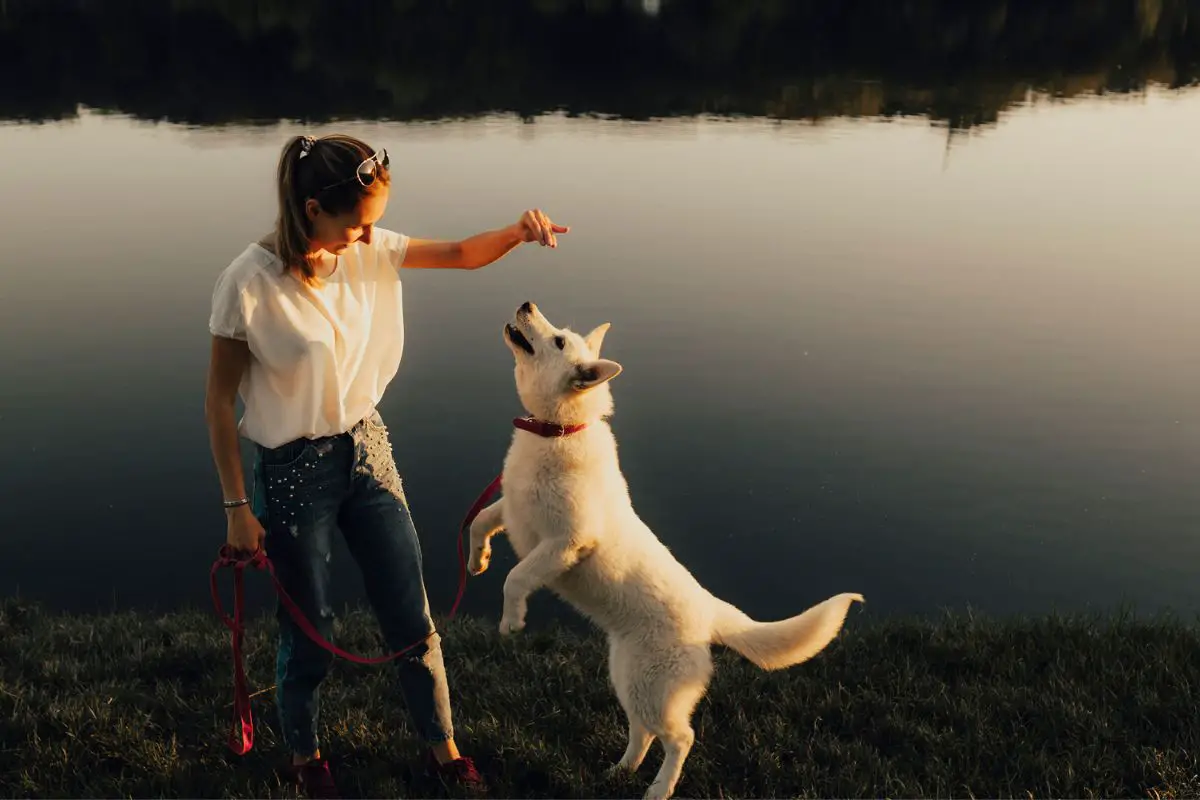
The first step toward training your own service dog is finding out whether there’s an organization near you that trains assistance dogs.
If not, you may want to consider volunteering at one of these organizations, so you can see what kind of work goes into training a service dog.
You might also contact local schools and hospitals to find out about volunteer opportunities.
Once you’ve found an organization that trains service dogs, you need to decide which type of dog will best suit your needs.
There are several breeds available, including golden retrievers, Labrador retrievers, German shepherds, and poodles.
Each breed has its own personality and strengths. Some breeds are better suited than others for working with children and adults.
You should also take into account your lifestyle when choosing a service dog.
Do you live alone or do you have family members nearby? Will you often travel or spend time away from home? What kind of environment does your pet prefer?
What Do You Need To Know Before Starting?
There are many ways to train your own service dog. You can get started by reading articles about different techniques.
There are also books available that teach you how to train your own service animal.
If you choose to train your own service pet, you will need to meet certain requirements.
For example, you must be 18 years old and be willing to follow instructions.
Also, you must complete an application and pay a $150 fee. Once you are approved, you can begin training your dog.
Be calm and patient when you’re in an unfamiliar setting. Be alert, but don’t react. Have a willingness to help others.
Be able to learn new things quickly. Be able to handle stress well. Be able to adapt to changes in your environment.
Trainers need to teach their dogs to respond to commands in different settings.
For example, they might teach their dogs to walk calmly through busy stores while still being alert enough to notice if someone tries to steal something.
Or they may teach their dogs to sit quietly next to them at restaurants while still being able to bark loudly if they see someone trying to break into their car.
You’ll also need to teach your dog to focus on you instead of other distractions like loud noises or bright lights.
The Canine Good Citizen Program provides guidelines and benchmarks for foundation puppy raising skills.
A service dog must be trained for work or tasks to help someone with a disability. If you think your dog might qualify, check out the CGC website.
You can also get started with the Confident Puppy online e-learning course.
The Steps To Training Your Own Service Dog
Once you know what kind of dog you want, you can begin training. Depending on the type of dog you choose, this could take anywhere from two weeks to six months.
During this time, you will teach your dog basic commands. Your trainer will use positive reinforcement techniques to ensure that your dog learns quickly.
When you’re ready to test your dog’s abilities, you must first find out what he or she knows. This is done by giving your dog some simple tests.
For example, you might ask him or her to pick up a toy and bring it back to you. Or you might give your dog a treat after he or she performs a task correctly.
If your dog fails any of these tests, you should start over again. Don’t worry; most dogs learn quickly. When you feel confident enough, you can move on to more difficult exercises.
These include teaching your dog to retrieve objects from the kitchen, bathroom, and bedroom. You may even want to teach your dog to open doors, pull wheelchairs, and turn lights on and off.
As your dog becomes more adept at performing various tasks, you can add new ones to his or her repertoire.
It’s important to remember that every dog is unique. Some dogs are naturally good at learning, while others require constant practice.
What Dog Breeds Make Good Service Dogs?
There are many types of assistance dogs available today, including seeing-eye dogs, hearing dogs, mobility devices, seizure alert dogs, and others.
Some of them are trained specifically to help someone with a certain type of disability, while others are trained to help everyone regardless of their needs.
There are several ways to determine whether a particular dog will be a good fit for your family.
First, try to find out what kind of assistance the dog provides. Then, ask yourself questions about the dog’s personality and behavior.
Finally, talk to current owners of similar dogs and get recommendations from friends and family members.
When looking for a service dog, keep in mind that there are many kinds of disabilities that require different types of assistance.
A dog’s ability to hear and see well will depend on its size. A large dog will be better at hearing sounds and seeing objects than a smaller dog.
Small dogs are often recommended because they are easier to train and are less likely to cause harm if they escape.
However, a small dog might not be able to detect certain types of signals, like those made by a diabetic patient.
If you plan to get a dog for medical reasons, be sure to discuss your needs with a veterinarian before making any purchases.
Final Thoughts
Service dogs have become increasingly popular as people continue to struggle with health issues such as diabetes, arthritis, heart disease, and other conditions.
The best way to ensure that your dog makes an excellent service animal is to spend time observing him or her when he or she interacts with other animals and humans.
- Are Antlers Safe For Dogs? - January 14, 2024
- Can Dogs Eat Honey Nut Cheerios? - December 23, 2023
- Natural Deworming Remedies for Your Dog - December 18, 2023


